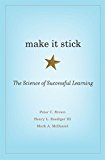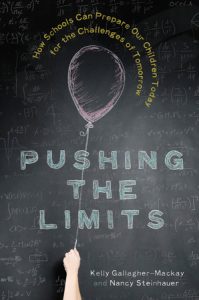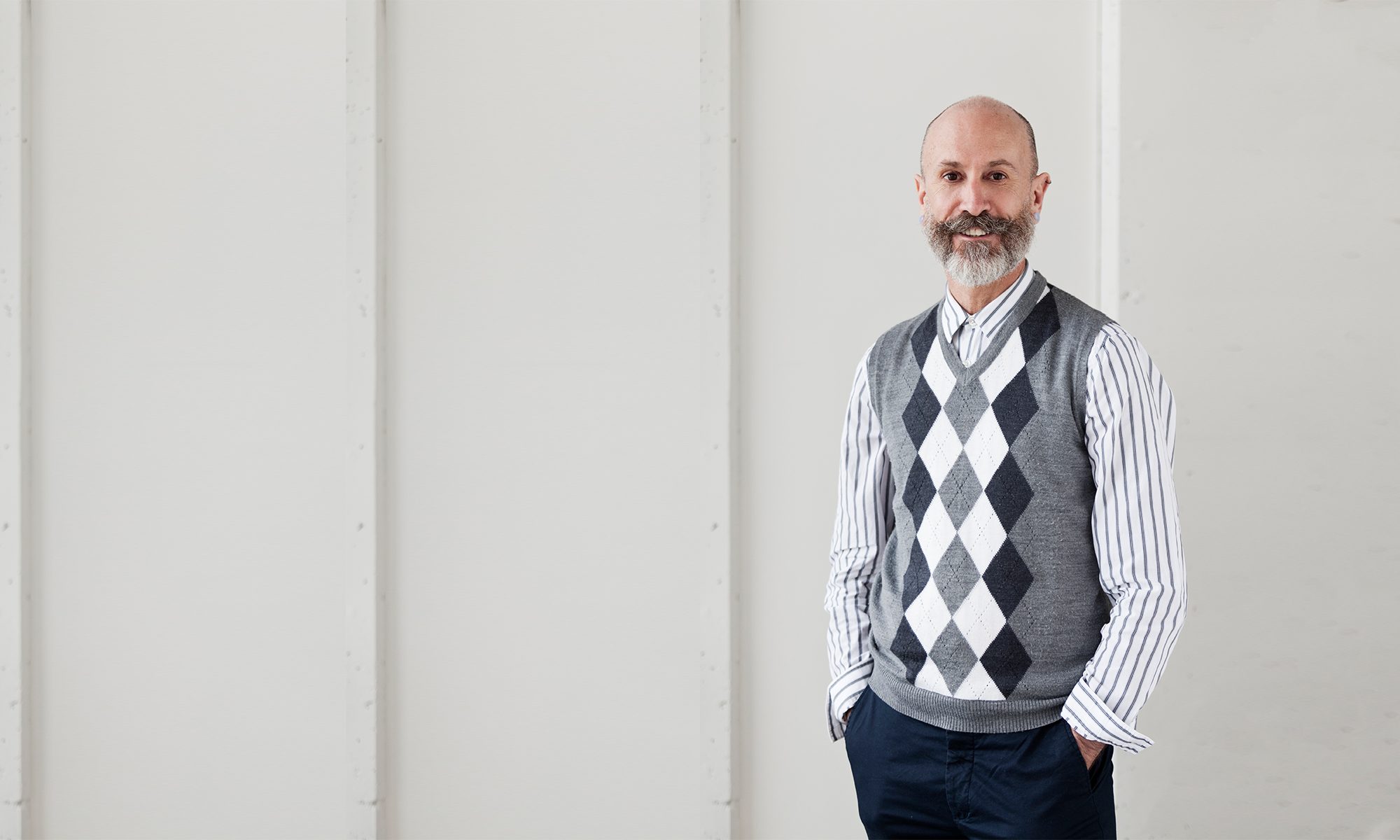University of Calgary
Shared Ownership – In every class I’ve ever taught in the Werklund School of Education, one topic always seems to rise to the surface: classroom management. There’s a noticeable anxiety about what pre-service teachers will do when they arrive in their own classrooms for the first time.
So, what can teachers do to create sustainable, manageable, and productive learning environments? How can teachers navigate the immense topic of classroom management?
My impression is that shared ownership offers teachers and students a philosophy and practical tools to support a flourishing classroom environment. See the following comprehensive document.
My Teaching Approach – As a sessional instructor in the Werklund School of Education (EDUC 450 Diversity in Learning and EDUC 556 Professional Development), my scholarship of learning and teaching connects across various disciplines: educational practices, personal authenticity, and acceptable tension.
My educational practice focuses on how instructors create meaningful and dynamic teaching and learning environments. Over the past year most particularly, I have drawn upon the works of Carey (How We Learn, 2015) and Brown, Roediger, & McDaniel (Make It Stick, 2014) to inform my educational practice. One of the most salient aspects of these texts is their emphasis on reflection as a cornerstone of effective learning and teaching. In my own scholarship of pedagogic practices, this means constantly asking questions: What went well? What could have gone better? What might I need to incorporate or what strategies might I use next time to get deeper results? In this way, my research into educational practices isn’t simply a matter of making a lesson plan and delivering it. Rather, teaching is a continuously evolving endeavor that builds on what happened and what didn’t happen during the class time.
My research into and scholarship of personal authenticity draws primarily from my three-decade examination of authenticity in teaching relationships. This interest in authenticity surfaced during my teacher apprenticeship with Shinichi Suzuki at the Matsumoto Talent Education Institute from 1983 to 1986 when I realized that mastery of instructional skills and knowledge were not the complete answer to successful teaching and learning. Equally important in becoming an excellent teacher was the need for authenticity – the idea that teachers teach as who they are, rather than the person they might think others want them to be. As an educational scholar, my research into authenticity in teaching relationships builds on Stephen Brookfield’s recognition in The Skillful Teacher that authenticity is one of the top two traits students desire in their teachers (2006, p. 56). My doctoral thesis Authenticity, Teaching Relationships, and Suzuki (2013) revealed that authentic teaching relationships involves the teacher’s understanding, caring for, and accepting of his or her self as the parallel foundation for understanding, caring for, and accepting students. This means that everything I do in the classroom must purposefully align with the three-prong perspective of understanding, caring for, and accepting students.
As a third point, my scholarship of learning and teaching also focuses on what I call acceptable tension – the interruptive conflicts brought on by the misalignment between consonant and dissonant educational events. It’s the idea that teaching and learning includes not only comfortable explorations, but also investigations that push individuals out of their comfort zone, that involve struggle and instability. As Higgins (2011) describes it – being a teacher means that “one must learn to tolerate uncertainty, cherish complexity, and hold rival views together until that tension sparks a question with the power of expanding horizons” (p. 278). For me, acceptable tension provides a reminder that teachers may create instructional momentum by trying out completely unfamiliar and unexplored directions. Teaching/learning as involving acceptable tension is noteworthy, given the cultural tendency to prefer predictability over uncertainty and agreement over conflict. Yet, teaching by its very nature is full of complex, messy, and uncertain realities.
B.Ed. Resources
Carl Rogers” book Freedom to Learn (1994) is an amazing resource. Every teacher should be acquainted with Chapter 12 – Is There Discipline in Person-centered Classrooms? (My apologies for the readability quality.)

Be sure to check out these two books. The authors have a lot to say about how teachers may influence learning.


Another valuable resource – the authors take a close look at model schools in Canada. Its seven chapters tackle the topics of beyond the basics, teaching creativity, social-emotional learning, technology, schools of choice, parents, children, and teaching. It’s a must-read for all Canadian teachers. 
